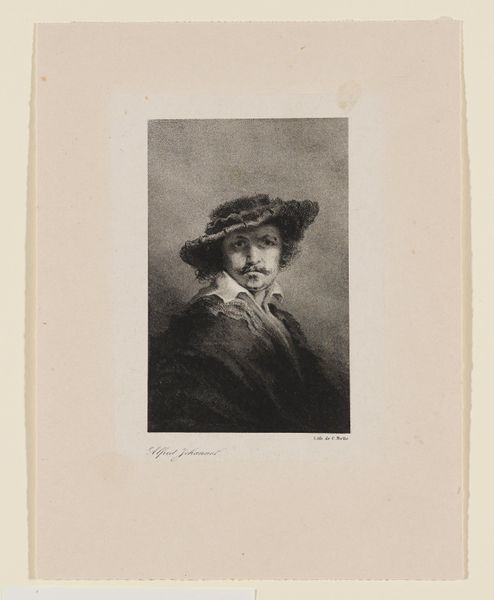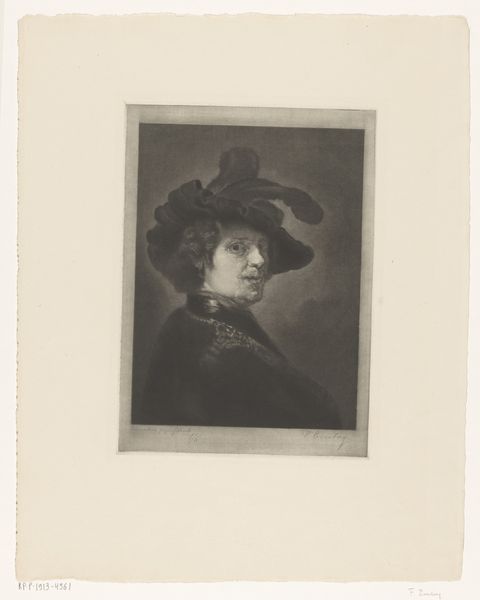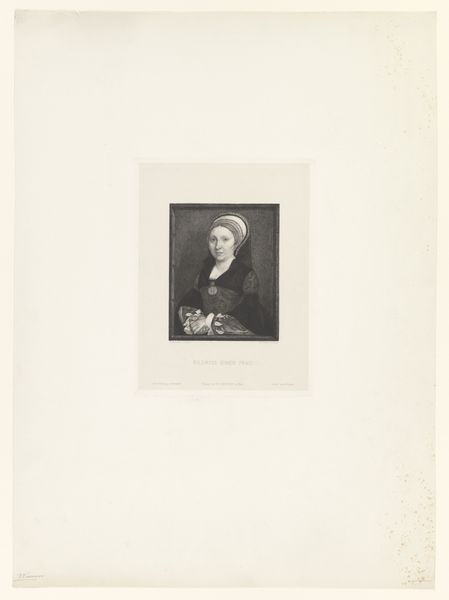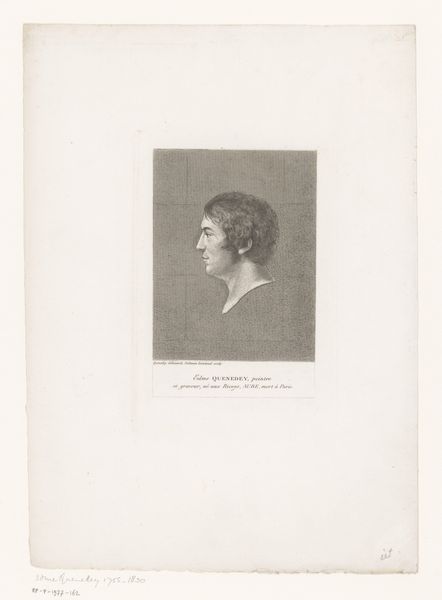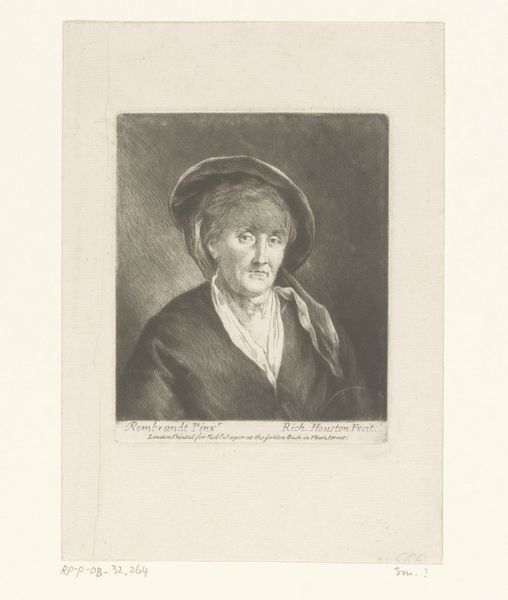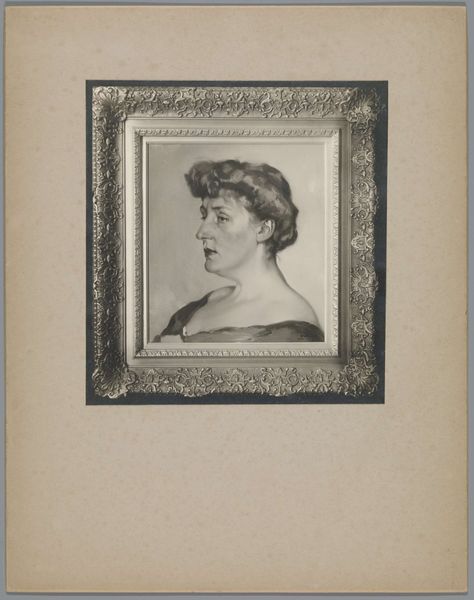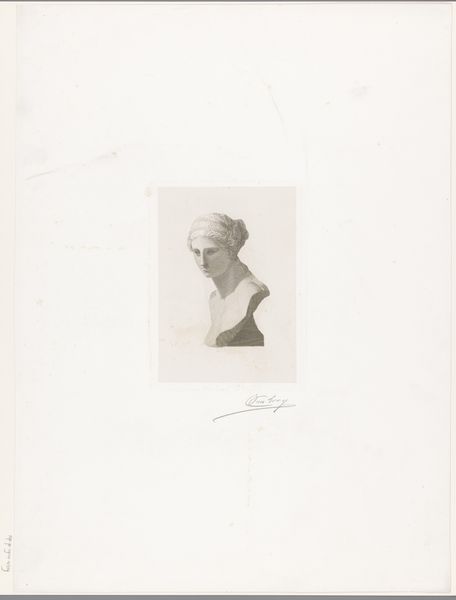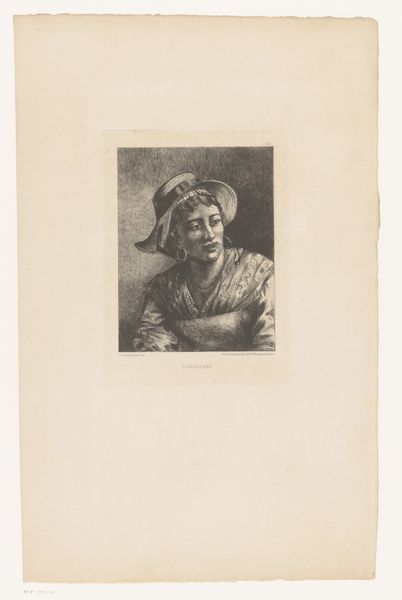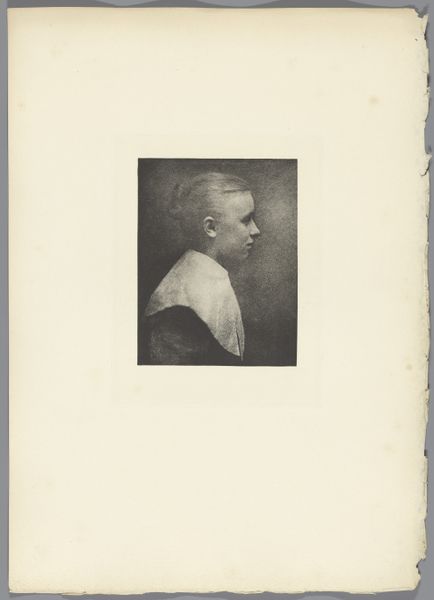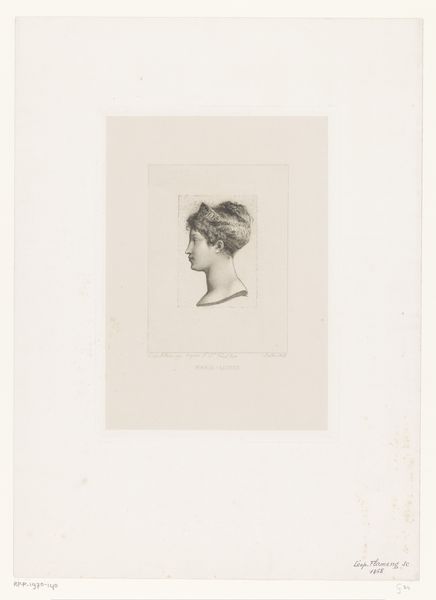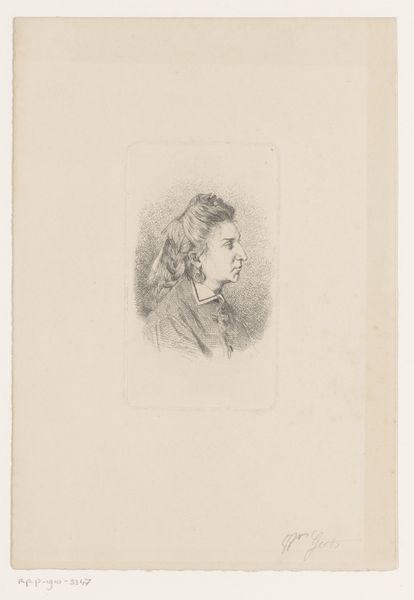
print, engraving
#
neoclacissism
# print
#
old engraving style
#
line
#
academic-art
#
engraving
Dimensions: height 460 mm, width 330 mm
Copyright: Rijks Museum: Open Domain
Editor: This is *Portret van een jongeman met baret* (Portrait of a Young Man with Beret) by Jean Augustin Daiwaille, sometime between 1809 and 1850, held at the Rijksmuseum. It's an engraving. It looks very formal and composed, almost staged. What do you see in this piece? Curator: Well, its creation squarely during the rise of Neoclassicism makes me think about the institutions and academies that supported art at the time. Academic art stressed control and idealization. Notice how the sharp, precise lines communicate clarity, evoking order and control that institutions promoted. How does it strike you, knowing the social role that art played at this time? Editor: I guess it makes sense that it feels so… proper. It's interesting how the style almost feels like a deliberate rejection of anything emotional or chaotic. Is that a fair assessment? Curator: It's quite astute. Art became associated with social status; portraits like these were displays of status, power and civic virtue. It would have to align with specific codes of conduct and ideals, of which you can tell by his direct, clear gaze and controlled expression. Does considering the politics change your interpretation? Editor: Definitely. I see now that his pose and attire communicate his societal role. It’s interesting to think of a portrait not just as an image of an individual, but as a social statement. Curator: Precisely. And the use of printmaking, a relatively accessible medium, further suggests its potential for broader distribution and reinforcing social norms. Editor: So, by understanding its historical and cultural context, we can decode it beyond just aesthetic appreciation. I’ll certainly be looking at art differently now. Curator: Indeed. Seeing art as entangled with institutions and societal power can enrich our interpretations immensely.
Comments
No comments
Be the first to comment and join the conversation on the ultimate creative platform.


